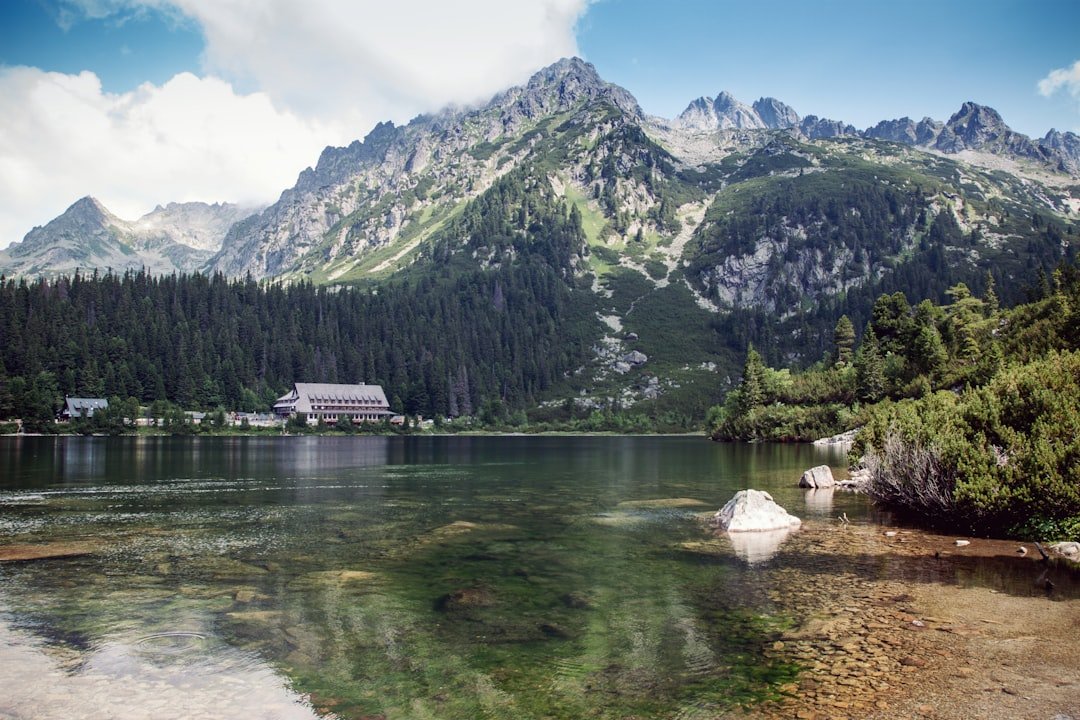Human activities have had a significant impact on the natural environment, which has resulted in significant changes to the Earth’s climate. The emission of greenhouse gases (GHGs) into the atmosphere has increased over the last century due to population growth, urbanization, and industrialization. These gases trap heat and contribute to the greenhouse effect, which causes global warming.
Key Takeaways
- Human activities have significantly contributed to climate change through various means such as deforestation, industrial emissions, agriculture, transportation, urbanization, and energy consumption.
- Deforestation has a major impact on climate change by reducing the number of trees that can absorb carbon dioxide and release oxygen, leading to an increase in greenhouse gases in the atmosphere.
- Industrial emissions, particularly from the burning of fossil fuels, are a major contributor to global warming and climate change, releasing large amounts of carbon dioxide and other greenhouse gases into the atmosphere.
- Agriculture also plays a significant role in climate change through the release of greenhouse gases such as methane and nitrous oxide from livestock, rice paddies, and fertilizer use.
- Transportation, especially from the burning of fossil fuels in vehicles, contributes to climate change by releasing carbon dioxide and other pollutants into the atmosphere, leading to global warming.
- Urbanization has adverse effects on the environment, contributing to climate change through increased energy consumption, waste generation, and the heat island effect in cities.
- Energy consumption, particularly from the use of fossil fuels, is a major driver of climate change, leading to increased greenhouse gas emissions and global warming.
- Sustainable solutions are needed to combat human-driven climate change, including the promotion of renewable energy, reforestation, sustainable agriculture practices, and the development of eco-friendly transportation options.
They include carbon dioxide (CO2), methane (CH4), and nitrous oxide (N2O). Wide-ranging effects of these changes include altered weather patterns, ecosystems, & human health. There are many facets and complexities to the connection between human activity and climate change. The overwhelming body of scientific evidence indicates that human activity is the primary cause of recent climate change, even though natural processes also play a role in climate variability. As societies grow and change, it is essential to comprehend how different human activities affect the climate in order to create strategies that effectively reduce these effects and advance sustainability.
About 10–15% of greenhouse gas emissions worldwide are caused by deforestation, making it one of the biggest causes of climate change. In addition to releasing stored carbon dioxide, forest clearing for logging, urbanization, and agriculture reduces the planet’s ability to absorb CO2 from the atmosphere. Trees are essential for sequestering carbon; their removal disrupts this natural process & makes the greenhouse effect worse.
Also, a series of environmental problems are brought on by deforestation. Since many species rely on forest ecosystems for their survival, one of the most concerning effects is the loss of biodiversity. Deforested regions are also more vulnerable to soil erosion & degradation, which can worsen land productivity and cause desertification. The relationship between deforestation & climate change emphasizes how urgently sustainable land management techniques that give conservation and reforestation top priority are needed.
| Human Activities | Impact on Climate Change |
|---|---|
| Burning Fossil Fuels | Increases greenhouse gas emissions |
| Deforestation | Reduces carbon sequestration and releases stored carbon |
| Industrial Processes | Release of potent greenhouse gases |
| Agriculture | Release of methane from livestock and rice paddies |
| Waste Management | Release of methane from landfills |
An important contributor to greenhouse gas emissions & global warming is industrial activity. Burning fossil fuels like coal, oil, and natural gas causes factories and power plants to emit enormous volumes of CO2 and other pollutants into the atmosphere. In addition to directly emitting greenhouse gases, the industrial sector also indirectly emits them through the transportation and extraction of raw materials. The stability of the climate is seriously threatened by the ongoing rise in industrial emissions brought on by expanding economies and rising energy demand. Industries also release strong greenhouse gases like nitrous oxide and methane, which have a far greater potential to cause global warming than carbon dioxide.
Maintaining environmental sustainability while promoting economic growth is a difficult task. Reducing industrial emissions requires a shift to cleaner technologies and renewable energy sources. To reduce the environmental impact of industrial processes, governments and businesses must work together to enact stronger laws and make investments in creative solutions.
About 10–12% of the world’s greenhouse gas emissions come from agriculture, making it another major contributor to climate change. GHGs are released by the industry through a number of activities, such as raising livestock, growing rice, and applying artificial fertilizers. Rice paddies release methane as a result of anaerobic decomposition in flooded fields, while livestock farming produces significant amounts of methane during digestion & manure management.
Also, changes in land use brought on by agricultural practices frequently worsen climate change. For example, turning grasslands or forests into cropland disturbs regional ecosystems, lowers biodiversity, & releases stored carbon. Agroforestry, crop rotation, and organic farming are examples of sustainable agricultural methods that can lessen these impacts by improving soil health & lowering dependency on chemical inputs. Ensuring food security while reducing its impact on climate change requires the promotion of sustainable agriculture.
Nearly 14% of greenhouse gas emissions worldwide come from the transportation sector, making it a major contributor. One major source of CO2 emissions is the use of fossil fuels for transportation, including cars, trucks, ships, & airplanes. It is predicted that unless major changes are made, transportation emissions will rise as urban populations and international trade increase. Promoting public transportation, encouraging carpooling, & making investments in electric vehicles (EVs) are some strategies to lower emissions associated with transportation.
Another important step in lowering the transportation sector’s carbon footprint is switching to cleaner fuels and improving fuel economy. Also, a focus on walkability & cycling in urban planning can help reduce the need for motorized transportation. Societies can significantly advance their efforts to combat climate change by rethinking their transportation systems. Environmental deterioration and rising energy consumption are the results of urbanization’s global landscape transformation. Cities frequently encroach on natural habitats as they grow, which causes habitat loss and fragmentation.
Large volumes of waste and pollution are produced in urban areas, which exacerbates air quality problems that are harmful to human health. Urban population density also increases the need for energy for transportation, heating, & cooling. Greenhouse gas emissions are exacerbated by this increased demand, which frequently depends on fossil fuels. Urbanization does, however, also offer chances for sustainable innovation.
Green infrastructure, like parks, green roofs, and sustainable drainage systems, can improve the quality of life for citizens and help lessen some of the negative effects of urbanization. The main cause of many human activities that contribute to climate change is energy consumption. Fossil fuel combustion for electricity production is one of the main causes of greenhouse gas emissions worldwide. Reliance on natural gas, coal, and oil continues to present major obstacles to climate mitigation efforts as economies grow and energy demands increase.
Making the switch to renewable energy sources, like geothermal, hydroelectric, wind, and solar, provides a way to cut emissions related to energy use. In order to reduce energy waste in a variety of industries, investments in energy efficiency technologies can also be very important. Societies can greatly lower their carbon footprint while promoting economic growth by giving clean energy solutions top priority & encouraging energy-saving behaviors. It takes a multipronged strategy that includes individual action, technological advancement, and policy changes to combat human-driven climate change. Strong climate policies that hold industries responsible for their emissions and encourage sustainability in all spheres of life must be put into place by governments. Addressing this global issue requires international cooperation; accords such as the Paris Accord are designed to bring nations together in their endeavors to curb global warming.
Individuals can make a difference by leading more sustainable lives, such as cutting back on household energy use, favoring regional farmers, taking public transit or riding their bikes instead of driving, and supporting laws that put environmental preservation first. Education is essential for increasing people’s knowledge of climate change and motivating them to take action. In summary, deforestation, industrial emissions, agricultural practices, transportation systems, urbanization trends, & patterns of energy consumption are all examples of how human activity has unquestionably contributed to climate change.
However, societies can endeavor to lessen these effects and guarantee a healthier planet for coming generations by adopting sustainable solutions and encouraging a shared commitment to environmental stewardship.



